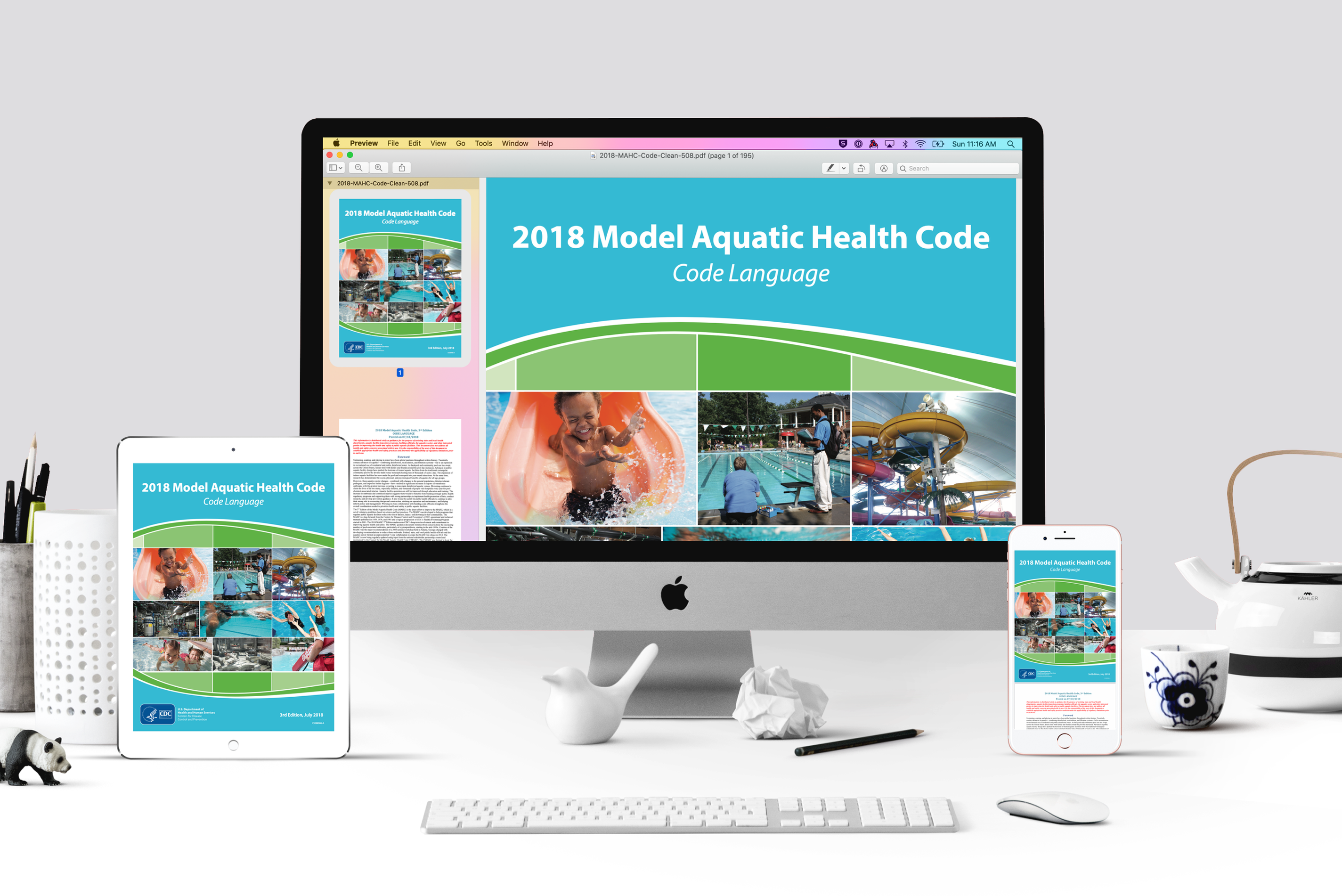Code
In recent decades, public health practitioners have seen a dramatic increase in waterborne disease outbreaks associated with public disinfected AQUATIC FACILITIES (e.g. swimming pools, water parks, etc.). As a result, public health investigations have revealed that many diseases can be prevented by proper maintenance and water treatment and by more modern disease prevention practices. Drowning and falling, diving, chemical use, and suction injuries continue to be major public health injuries associated with public AQUATIC FACILITIES, particularly for young children. In this context, the health and safety at public AQUATIC FACILITIES is regulated by state and local jurisdictions since, in the United States, there is no federal regulatory authority responsible for these public AQUATIC FACILITIES. All public pool codes are developed, reviewed, and approved by state and/or local public health officials or legislatures. Consequently, there is no uniform national guidance informing the design, construction, operation, and maintenance of public swimming pools and other public disinfected AQUATIC FACILITIES. As a result, the code requirements for preventing and responding to recreational water illnesses (RWIs) and injuries can vary significantly among local and state agencies. State and local jurisdictions spend a great deal of time, personnel, and resources creating and updating their individual codes on a periodic basic.
Annex
With hundreds of millions of visits to AQUATIC FACILITIES, waterparks, and natural recreational water sites each year, BATHERS expose themselves to many potential dangers in and around AQUATIC FACILITIES. In recent decades, public health practitioners have seen a dramatic increase in waterborne disease outbreaks associated with public disinfected AQUATIC FACILITIES (e.g. swimming pools, water parks, etc.). Drowning and falling, diving, chemical use, and suction injuries continue to be major public health injuries associated with AQUATIC FACILITIES, particularly for young children.,,,,,,, Thus, public health and SAFETY is essential to consider starting with the design, construction, operation, and maintenance of public AQUATIC FACILITIES.

